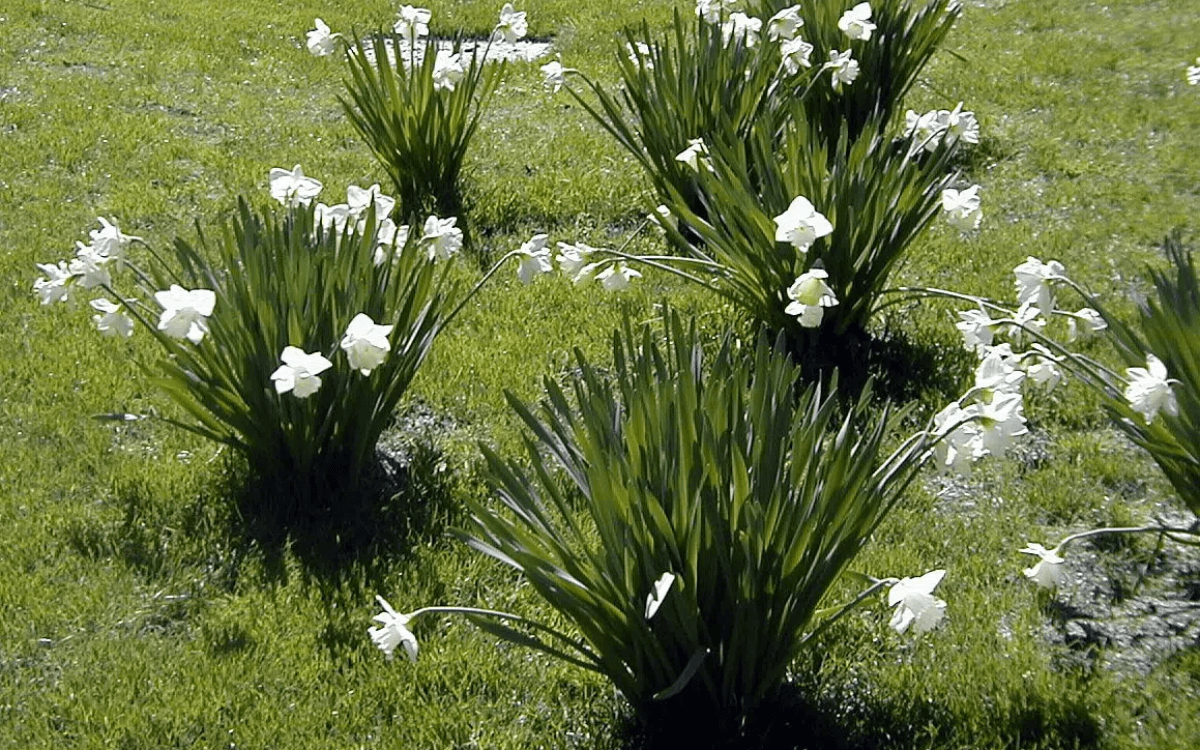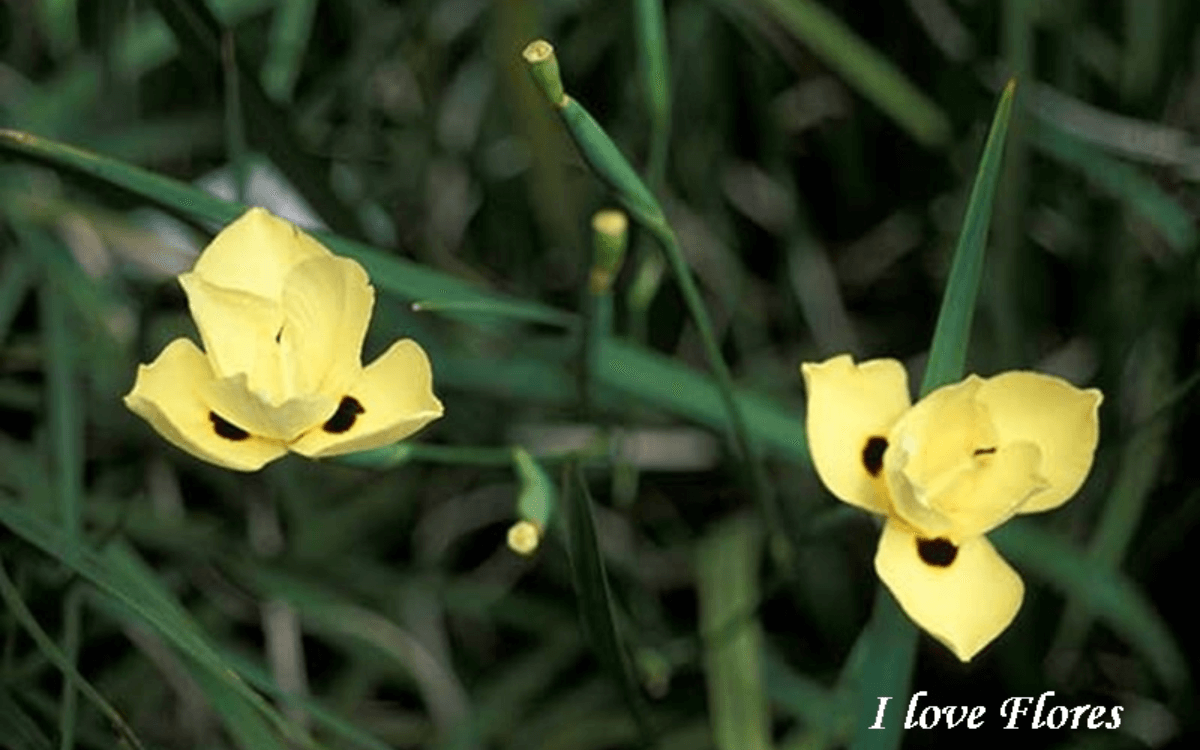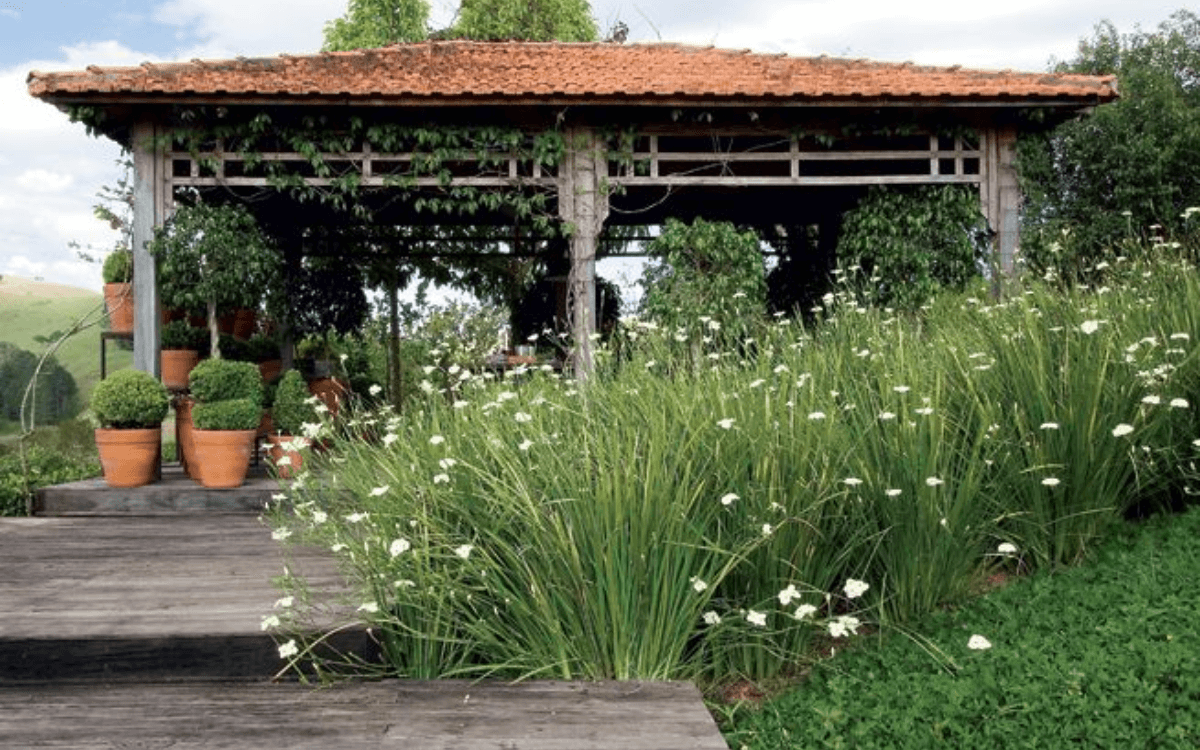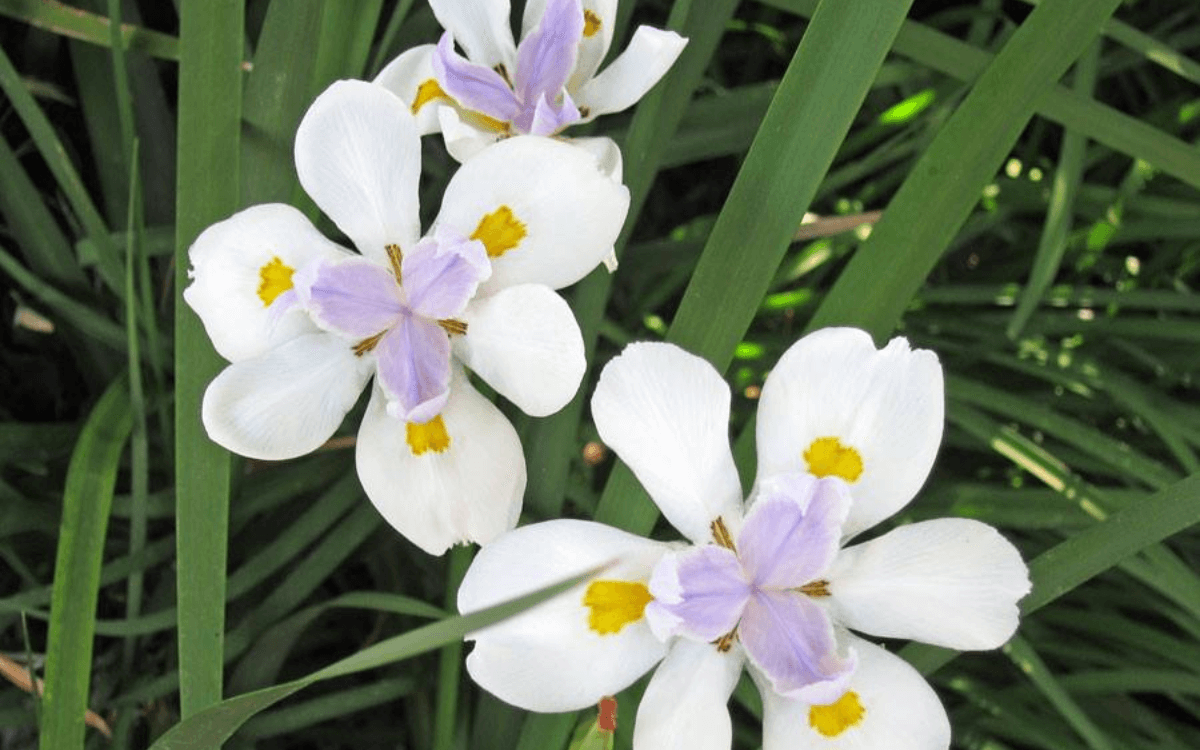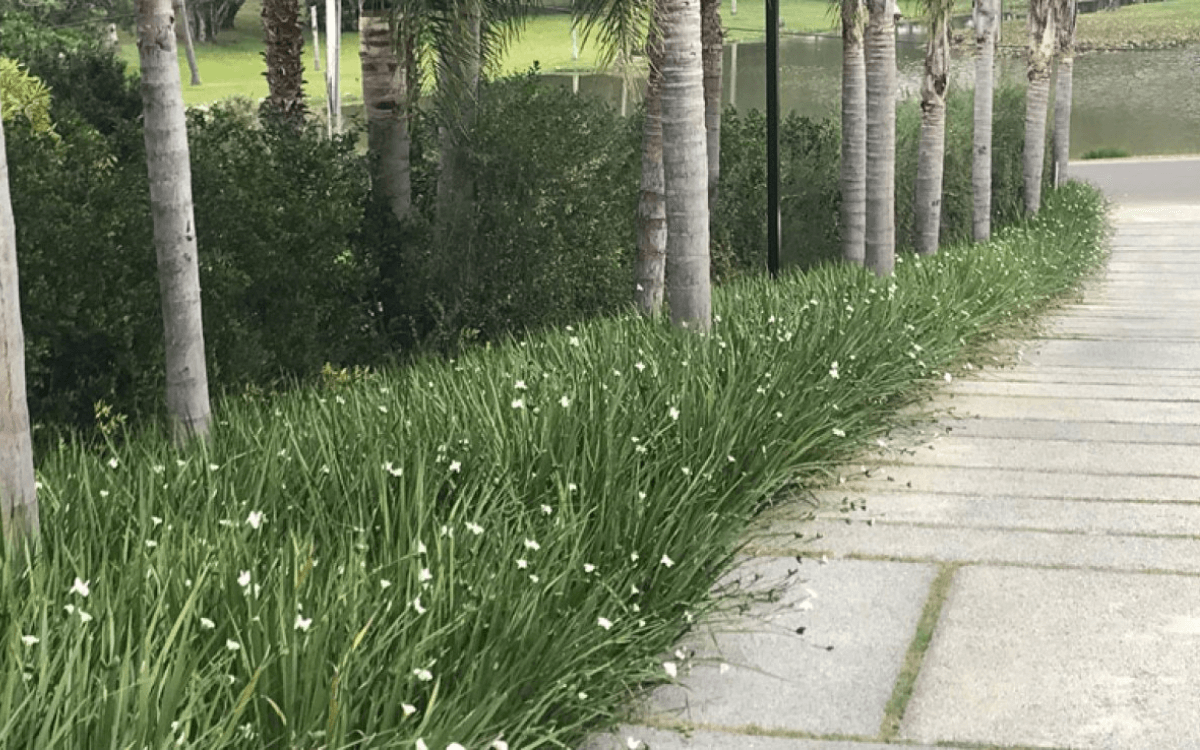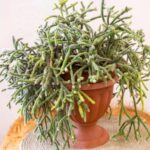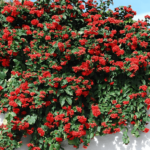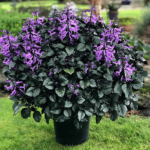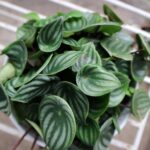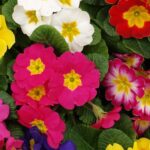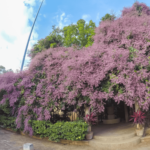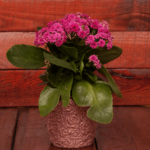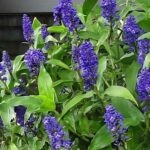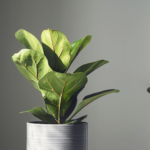Today we’re going to talk about the African Iris (Dietes iridioides), an easy-to-grow plant that can be a great option for your garden.
Its long and narrow leaves give a special elegance to the plant, while its flowers can be of various colors, such as:
- Purple
- White
- Yellow
- Two-tone variations
Native to temperate and tropical regions around the world, the African Iris offers versatility and resilience, making it an ideal choice for beginner gardeners.
Keep reading, as in this article we will explore the characteristics, curiosities, and cultivation of this plant.
Characteristics
The African Iris is a plant that stays green all year round and grows well in forest areas in Eastern and Southern Africa.
Its flowers are beautiful but only last for a morning, and they have a white support. Afterwards, they transform into oval capsules containing seeds.
What is interesting is that the African Iris can self-pollinate when its flowers close, joining the male and female parts of the flower.
This is a plant that typically does not reach 1 meter in height (about 3.3 feet) and does well both in sunny places and in locations with a bit of shade, making it a good choice for different cultivation conditions.
Curiosities:
- In many cultures, the African Iris is recognized for its medicinal properties. It is used as a traditional remedy to treat symptoms such as diarrhea, fever, and headache. However, it is important to highlight that the use of the plant as medicine does not replace medical guidance. Consult a health professional before using any plant for medicinal purposes.
- According to the ASPCA, plants from the Iridaceae family, to which Dietes iridioides belongs, are toxic to animals. Therefore, be careful to prevent your pet from ingesting this plant.
Where to Place the African Iris
If you’re thinking about adding this amazing plant to your space, here are some tips on where to place it to make the most of its enchanting presence:
Ornamental Beds:
The African Iris is an exceptional choice for ornamental beds in your garden or landscape.
Its vibrant flowers and elegant leaves stand out among other plants, adding unique colors and textures to the environment.
Entrances of Homes and Establishments:
Want to welcome visitors with a touch of elegance and beauty?
The African Iris is perfect for decorating the entrances of homes, offices, or commercial establishments.
Its stunning flowers create a memorable first impression, making any space stand out.
Pots and Containers:
If you prefer to grow the African Iris in pots, make sure to choose one large enough for the plant to grow freely.
Ensure that the soil is of good quality and well-fertilized to promote healthy development.
Pots with African Irises are a great option for patios, balconies, or outdoor living areas, adding a touch of nature and color to your spaces.
Ideal Climate
In terms of lighting, the African Iris thrives in conditions that offer direct sunlight or partial light throughout the day.
However, caution is necessary with excessive sun exposure during the hottest times, as this can cause damage to the leaves.
In cooler or less light-filled environments, the African Iris may have less frequent flowering. Therefore, when planning the planting location, consider the amount of sunlight available.
Regarding temperature, it adapts well to varied climates, making it a versatile choice for gardens and landscapes in different regions.
However, it is crucial to avoid extreme temperatures, both low and high.
The ideal temperature range for growing the African Iris is between 15°C and 30°C (59°F and 86°F), providing a comfortable environment for healthy plant development.
As for air humidity, the African Iris is not demanding and can adapt to various humidity conditions, with moderate humidity being ideal.
Also read:
- Sandpaper Vine (Petrea volubilis): Care and Propagation
- Ficus Lyrata (Fiddle-leaf fig): 7-Step Care Guide
- Ficus Benjamina (Weeping Fig): Plant Info and Care
- China Rose (Rosa chinensis): 8-Step Care Guide
- Phalaenopsis (The Moth Orchid) – A 9-Step Care Guide
- Ixora (West Indian Jasmine): How to Care and Propagate
Ideal Soil for the African Iris
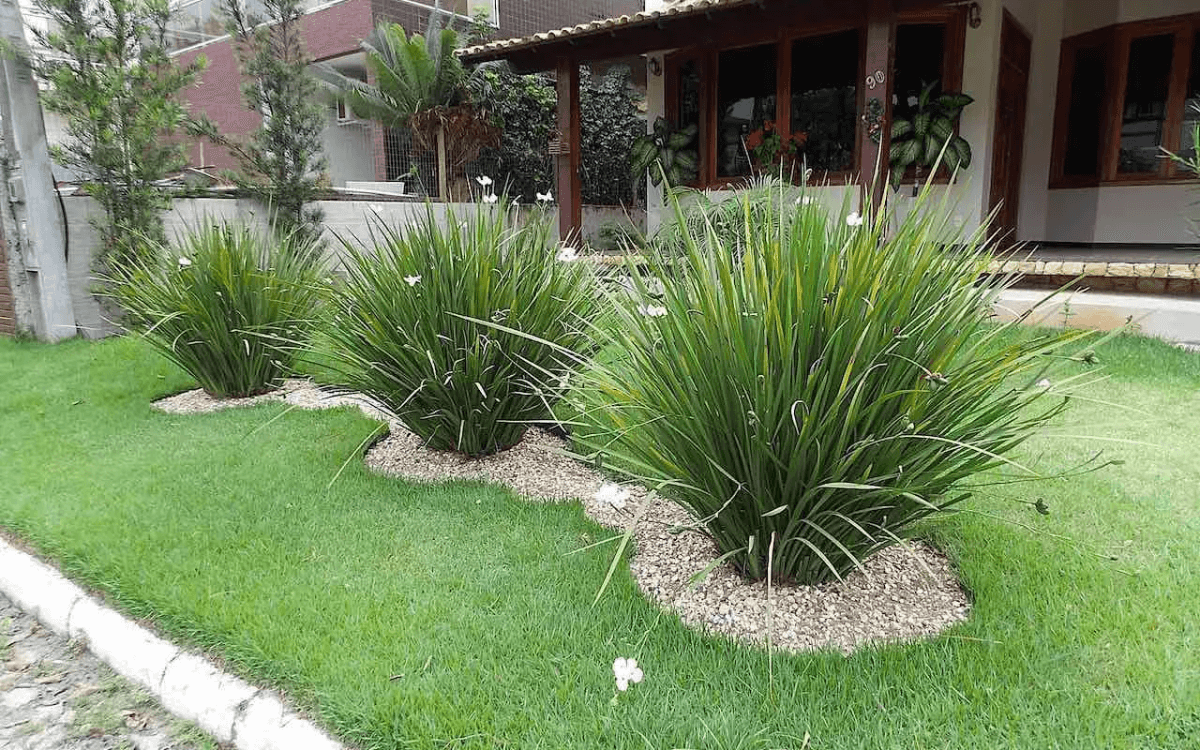
Source of the image: Cristina Braga
The ideal soil for this plant must be well-drained, ensuring that water can easily flow away. This prevents water accumulation around the plant’s roots, which can lead to fungal problems and other diseases.
To maintain good aeration and provide adequate drainage, it is recommended to mix:
- Sand
- Stones
- Organic fertilizers
The soil pH is a critical factor for cultivating the African Iris. The ideal soil should have a neutral pH, around 6.5 to 7.
Maintaining this balance helps the plant absorb nutrients effectively, contributing to healthy growth.
When preparing the soil, make sure it is well-loosened and loose to allow deep development of the plant’s roots.
How to Water
Watering the African Iris should be moderate to keep the soil moist without waterlogging, especially in the initial stages of growth or on hot days, where the frequency may increase to daily or every two days, aiming for good root establishment.
It is crucial to monitor the soil’s moisture to adjust watering appropriately.
Thanks to its rhizomatic roots, which store nutrients, the African Iris is resilient to periods of drought, but essential care is to avoid excess water to prevent damage to plant development.
How to Fertilize
To ensure constant flowering, it is advisable to fertilize the African Iris at the beginning of spring and summer.
Fertilization should be moderate to avoid excesses that compromise plant development. It can be applied three times a year or after pruning the leaves.
A mix of eggshells and organic manures is beneficial for the growth of the African Iris.
Maintain a balance in fertilizer doses to avoid problems, such as excessive foliage growth at the expense of flowering.
Another option is to use slow-release fertilizers to provide nutrients regularly over time. Follow the manufacturer’s instructions when diluting the fertilizer in water before application.
The African Iris generally grows well in fertile soils, rich in organic matter, and well-drained.
Enriching the soil with organic compost around the base of the plant once or twice a year may be enough to provide the necessary nutrients.
Planting and Replanting
Although it is possible to plant the African Iris throughout the year, the ideal time is in the spring, when the plant shows new shoots. This facilitates rooting and establishment of the plant.
- Prepare the soil by loosening it and enriching it with organic matter before planting. This will help in the healthy growth of the plant.
- Make a planting hole that is about twice as wide as the height and width of the plant’s root ball.
- After removing the plant from the container, gently loosen the roots and cut any damaged roots. Plant the African Iris in the hole, leveling it with the surface of the soil, and water well.
Replanting the African Iris usually occurs every two or three years. However, this process is not necessary unless the plant has outgrown its space (if it is in a pot) or needs to be revitalized.
Propagation
The Dietes iridioides can be propagated in two main ways:
- Seeds
- Division of the clump
Here are the guidelines for each propagation method:
Propagation with Seeds
The African Iris produces seeds after flowering. These seeds can be harvested when they are mature.
Wait until the seed capsules are dry on the plant’s flowers before harvesting them.
The seeds can be stored and sown later. However, this method is more time-consuming, as seeds may take time to germinate.
To encourage germination, you can soak the seeds in water before planting.
Plant the seeds in fertile and well-drained soil, keeping them moist until the seedlings
are established.
Division of the Clump (Rhizomes)
The propagation by division of the clump is the most common and effective method for the African Iris.
Perform the division when the plant is getting too large or every two to four years, usually in spring or autumn.
The process involves digging up the plant and cutting the roots into smaller sections, making sure to include some leaves and rhizomes in each section.
Plant the sections in moist and well-drained soil and keep them watered until they are established.
Regular division of the plant also helps control its growth and prevent it from becoming invasive.
Also read:
- Lipstick Plant – How to Care, Prune and Fertilize
- Nephrolepis exaltata (Boston Fern) – How to Grow and Care
- Monkey Tail Cactus: How to Care and Propagate
- How to Care for Cactus and Mini Cactus (7 Simple Steps)
Pests, Diseases, and Other Problems
Throughout its cultivation, you may encounter some problems with your African Iris, such as pests or diseases. Below we list the main problems that can attack this plant, their descriptions, and tips for combating them.
- Aphids: These small insects feed on the plant’s sap and can cause damage. The use of tobacco is recommended to combat them.
- Mites and Slugs: Other pests, such as mites and slugs, can also affect the African Iris. Chemicals may be necessary to control severe infestations.
- Mealybugs: They appear as white or grayish spots on the foliage and can be combated with an insecticidal soap spray or isopropyl alcohol.
- Root Rot: Fungal diseases, such as root rot, can occur in waterlogged and poorly drained soils. Ensure that the soil has good drainage and air circulation to avoid this disease.
- Powdery Mildew: Powdery mildew manifests as white spots on the foliage. Avoid overwatering and keep the plant in an environment with good air circulation to prevent this disease.
- Root-knot Nematodes: They affect the roots and can lead to yellowing of the leaves and even death of the plant. Care for the soil quality and stop watering in winter to avoid infestations.
It is essential to be alert to any sign of pest infestation, such as spots on the leaves, and take immediate measures to control them.
Additionally, preventing excess moisture and ensuring well-drained soil will help avoid fungal diseases. Keeping your African Iris in healthy conditions and performing proper maintenance is key to avoiding significant problems.
Did you like this article? Then leave a comment below and share it on your social networks.

